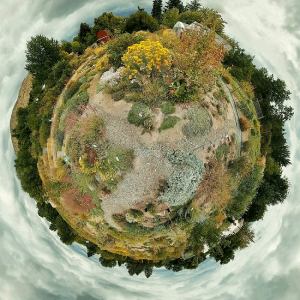Water-thrifty and Native Landscape Plants for Idaho and the Intermountain West.
We offer a wide selection of native and regionally adapted plants for water-conserving landscapes. Our plants are perennials, shrubs, and grasses selected for cold-hardiness, low maintenance, and drought-tolerance. Draggin’ Wing is located in Boise, the traditional homeland of the Shoshone, Bannock and Paiute peoples.
The nursery is now open by appointment only through the summer. We will re-open in September for fall planting.
Sign up for the Gardener’s Notebook, an occasional photo and short blurb on a plant of interest. You can read past issues.
Please note: We do not ship plants.
Use the tabs at the top of this page to find detailed information on all of our flowering plants, groundcovers, grasses, and shrubs. During the growing season, all plants profiled will be available unless otherwise noted.
Information includes:
Common name: There are often multiple common names for plants, making identification by botanical name much more reliable. You can search the site for either common or botanical name.
Hardiness zone: The lower the number, the colder the area. Our plants are usually zone 5 or below. We consider Boise zone 5, higher elevation sites zone 4, or possibly 3. But remember, a plants ability to overwinter depends not only on lowest winter temperatures but on many other factors: snow cover (it helps!), wind, rate of temperature drop, micro-climate, etc.
Size: Just a general guide. Size can vary widely depending on site, soils, sun exposure, etc.
Sun exposure: In the nursery industry “Full sun” is usually defined as 6 hours/day. I don’t believe any of our plants need the 12 hours/day we get in mid-summer in Idaho; most all of these plants do well (even better!) with a little shade. “Part shade” indicates plants that do well with even less that 6 hours/day of direct sun. Many of these plants will grow nicely in the dappled shade of a deciduous tree. Few of these plants will do well in complete, solid shade all day.
Pollinators: One of the important reasons to replace lawn with flowering plants is to encourage pollinators–native bees, honeybees, butterflies and others. This is particularly important as many pollinators species are in trouble. Native plants are especially beneficial for native pollinators.
More tabs across the top will lead you to sample photos of local landscapes, photos of our display gardens and general information on xeriscaping.
We also specialize in an ever-increasing variety of Rock Garden Plants. Find them here.
You can also sort plants according to several categories: extremely xeric, shade tolerant and by various bloom times. See options below and on the sidebar of each page.
Come out and take a tour of our xeriscape display gardens.
 This is an opportunity to see a wide variety of plants as they will look in a mature garden. The beds are constantly changing throughout the year–but look beautiful even in winter! See how you can plan a landscape for four seasons. And now, you can see the progress on the new Northern High Desert Landscape, using only plants native to our bioregion.
This is an opportunity to see a wide variety of plants as they will look in a mature garden. The beds are constantly changing throughout the year–but look beautiful even in winter! See how you can plan a landscape for four seasons. And now, you can see the progress on the new Northern High Desert Landscape, using only plants native to our bioregion.

